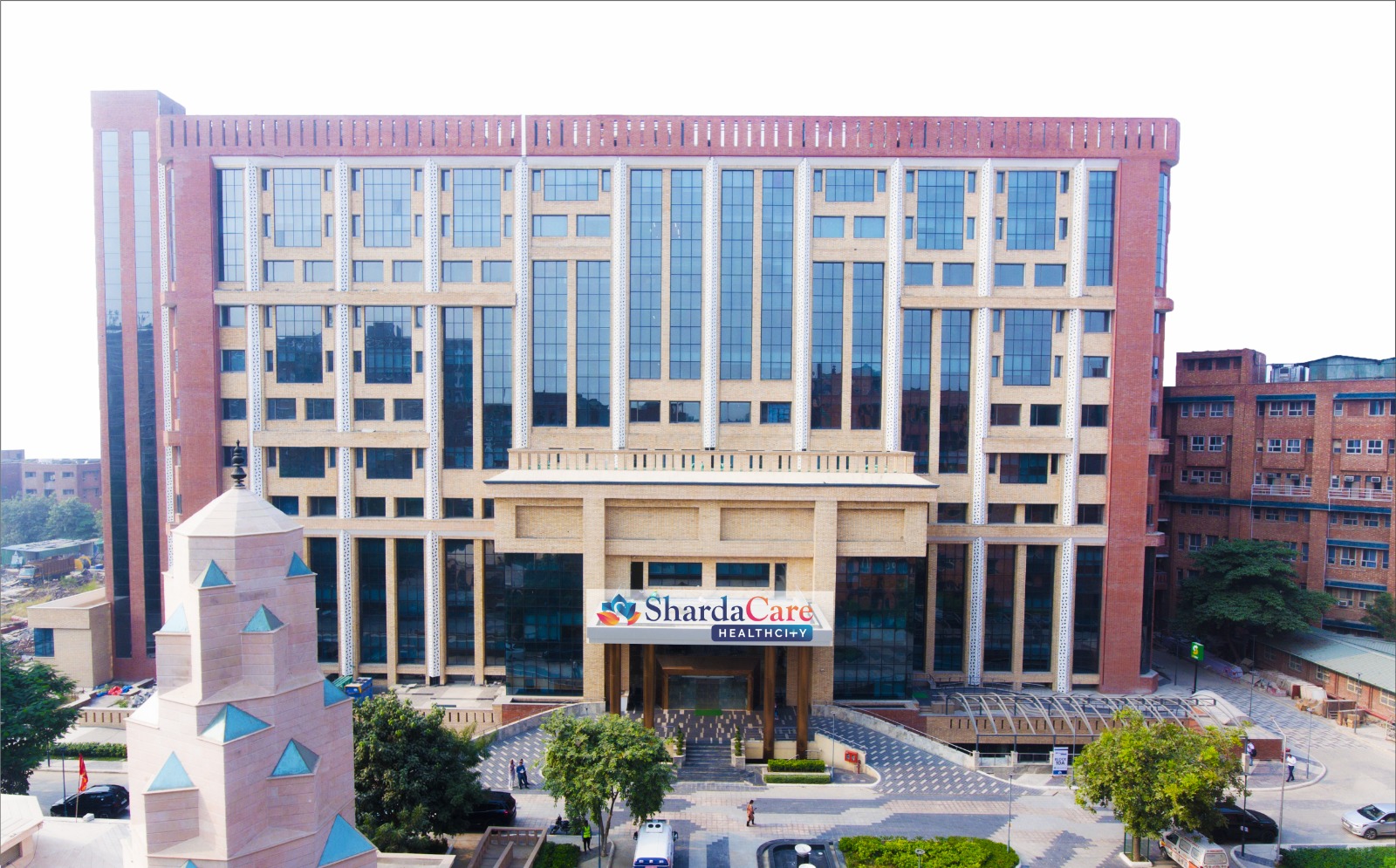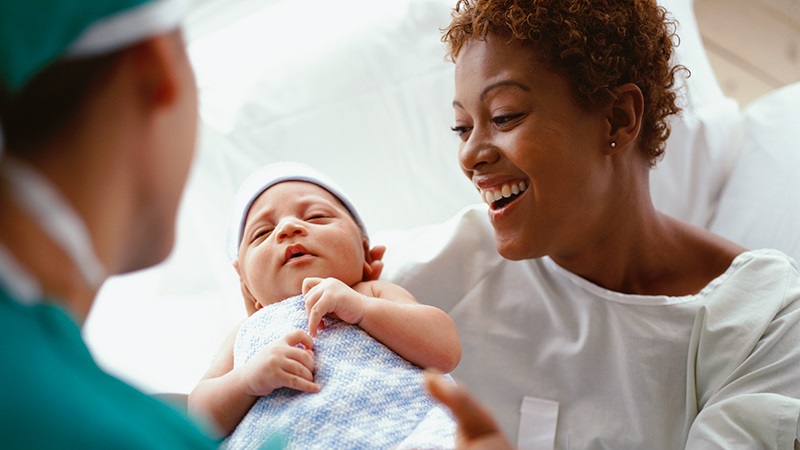Prostate cancer is one of the most common types of cancer affecting men worldwide. Detecting it early is crucial for effective treatment and better outcomes. Traditionally, radiologists have relied on advanced imaging techniques to diagnose prostate cancer, with multiparametric MRI (mpMRI) being a key tool. However, interpreting these scans can be challenging, even for experienced radiologists. This is where artificial intelligence (AI) is making significant strides, offering new possibilities for improving diagnosis and care.
The Role of AI in Prostate Cancer Detection: A team of researchers, including experts from the Mayo Clinic in Minnesota, has developed an AI model designed to assist radiologists in detecting prostate cancer. This model is based on a convolutional neural network (CNN), a type of AI that excels in image recognition and processing. By analysing multiparametric MRI scans, the AI model can help identify clinically significant prostate cancer that is more likely to grow and spread, posing a greater risk to the patient.
The AI model was rigorously tested in a study involving 5,215 patients who had undergone 5,735 MRI examinations. The results were promising: the AI’s performance in detecting clinically significant prostate cancer was found to be on par with that of experienced radiologists. This finding suggests that AI could serve as a valuable tool in the diagnostic process, helping to reduce the burden on radiologists and potentially improving patient outcomes.
Understanding Prostate MRI and PI-RADS: Before diving deeper into the AI model’s capabilities, it’s essential to understand the tools currently used by radiologists for diagnosing prostate cancer. Multiparametric MRI (mpMRI) is the gold standard in imaging the prostate gland. It combines several types of MRI scans to provide a detailed picture of the prostate, highlighting any abnormalities or lesions.
The results of an mpMRI scan are usually expressed as a PI-RADS score, which stands for Prostate Imaging-Reporting and Data System. This score helps radiologists assess the likelihood that any identified lesions are clinically significant prostate cancer. A higher PI-RADS score indicates a greater chance that the lesion is cancerous and requires further investigation.
However, interpreting these scans is not straightforward. The complexity of mpMRI images means that radiologists need extensive experience to accurately classify lesions. This is where AI can make a difference.
How the AI Model Works: The AI model developed by the Mayo Clinic researchers was trained using a large dataset of mpMRI scans from patients without known clinically significant prostate cancer. By analysing these images, the AI learned to recognize patterns associated with cancerous lesions. The researchers then tested the model by comparing its performance with that of experienced abdominal radiologists.
In the study, the AI’s ability to detect clinically significant prostate cancer was found to be comparable to that of seasoned radiologists. Importantly, the AI also showed promise in reducing false positives, instances where a lesion is incorrectly identified as cancerous. This reduction in false positives is crucial, as it can prevent unnecessary biopsies and reduce patient anxiety.
AI as a Diagnostic Assistant, Not a Replacement: Despite the promising results, the researchers are cautious about the AI model’s role in clinical practice. Naoki Takahashi, a senior author of the study and a radiologist at the Mayo Clinic, emphasized that the AI should not be used as a standalone diagnostic tool. Instead, it should serve as an adjunct to radiologists, providing an additional layer of analysis to support their decision-making.
“I do not think we can use this model as a standalone diagnostic tool. Instead, the model’s prediction can be used as an adjunct in our decision-making process,” Takahashi said. This approach ensures that the final diagnosis remains in the hands of experienced medical professionals, with the AI offering valuable support.
The Growing Need for Effective Prostate Cancer Detection: The importance of improving prostate cancer detection cannot be overstated, especially in light of recent projections. According to a Lancet Commission on prostate cancer, the number of cases worldwide could more than double between 2020 and 2040, with deaths potentially increasing by 85 percent. The commission also warned that low- and middle-income countries are likely to bear the brunt of this surge, facing significant challenges in managing the rising number of cases.
In response to these projections, the commission called for evidence-based interventions to improve early detection and diagnosis. The use of AI in prostate cancer detection represents one such intervention, offering the potential to enhance diagnostic accuracy and efficiency. By assisting radiologists in identifying clinically significant cancer earlier and more reliably, AI could play a critical role in reducing the global burden of this disease.
The integration of AI into healthcare is still in its early stages, but its potential is vast. In the case of prostate cancer detection, AI offers several key benefits:
1. Improved Accuracy: AI models like the one developed by the Mayo Clinic can help reduce the variability in diagnoses, ensuring that more patients receive accurate assessments of their condition.
2. Increased Efficiency: By automating some of the more routine aspects of image analysis, AI can free up radiologists to focus on more complex cases, improving the overall efficiency of healthcare delivery.
3. Support for Less Experienced Radiologists: In regions where experienced radiologists are in short supply, AI could serve as a valuable training tool, helping less experienced doctors improve their diagnostic skills.
4. Global Impact: As AI technology becomes more accessible, it could help bridge the gap in healthcare quality between high-income and low- and middle-income countries, ensuring that more people have access to timely and accurate diagnoses.
The development of AI models for detecting prostate cancer represents an exciting advancement in medical technology. While the AI developed by the Mayo Clinic team is not intended to replace radiologists, it offers significant support in improving the accuracy and efficiency of prostate cancer diagnoses. As the global burden of prostate cancer continues to grow, innovations like this will be essential in ensuring that more patients receive the care they need.
The use of AI in healthcare is a rapidly evolving field, and its potential to transform the way we diagnose and treat diseases is immense. As more research is conducted and these technologies are refined, we can expect to see even greater integration of AI into clinical practice, ultimately leading to better outcomes for patients worldwide.

 Importantly, the AI also showed promise in reducing false positives, instances where a lesion is incorrectly identified as cancerous. This reduction in false positives is crucial, as it can prevent unnecessary biopsies and reduce patient anxiety.
Importantly, the AI also showed promise in reducing false positives, instances where a lesion is incorrectly identified as cancerous. This reduction in false positives is crucial, as it can prevent unnecessary biopsies and reduce patient anxiety.










.jpeg)

.jpg)


.jpeg)
.jpeg)


.jpeg)
.jpg)





.jpeg)


